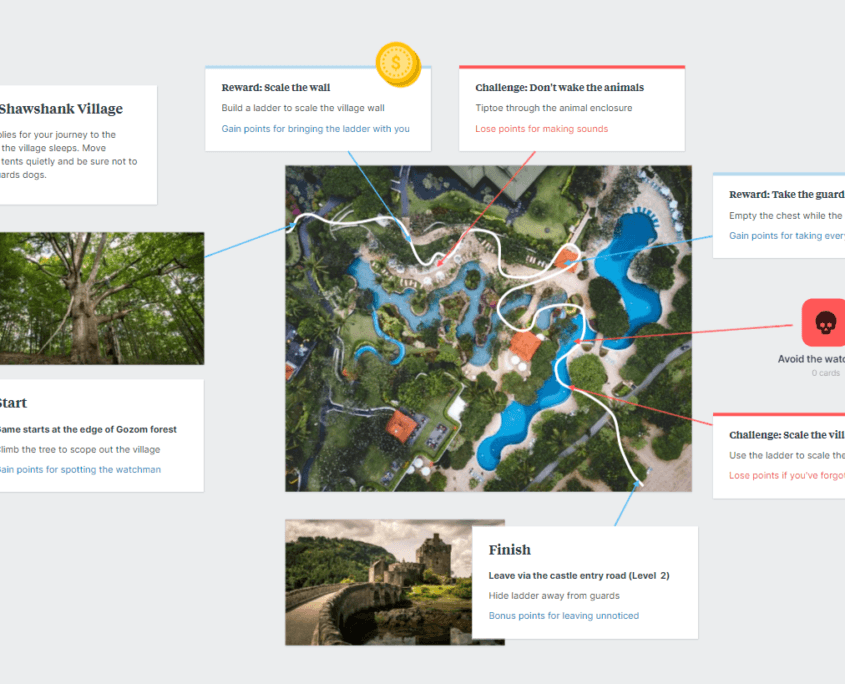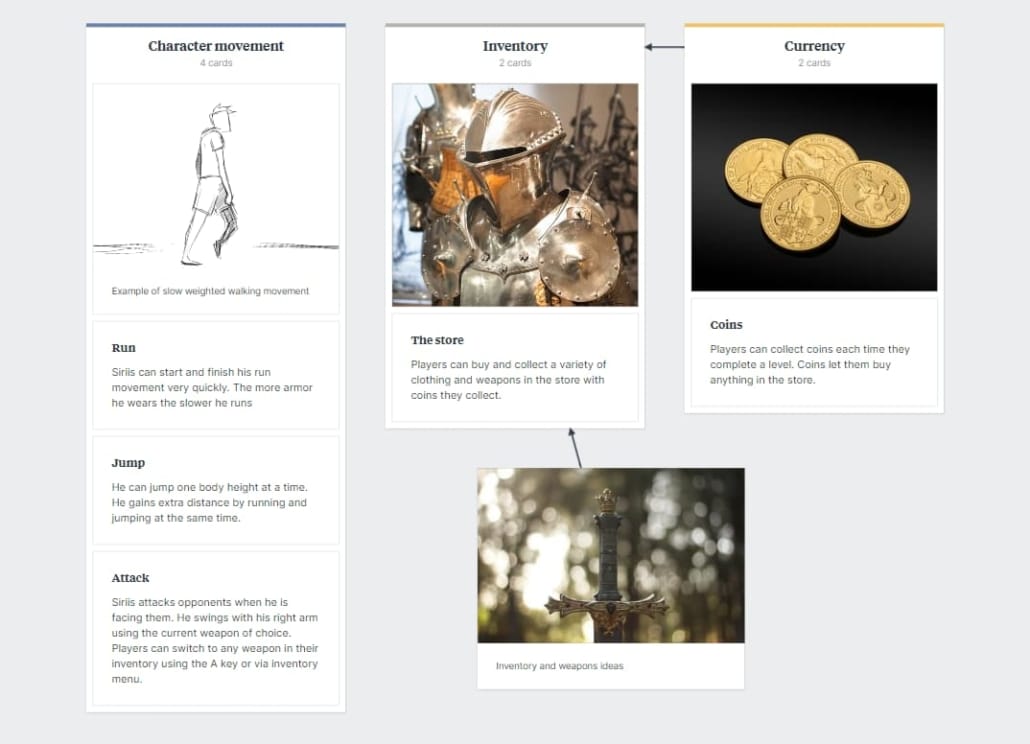Introduction
Hello, fellow game enthusiasts and indie game developers! I’m thrilled to share my experiences as a game producer in a small indie game dev studio. In this blog, we’ll delve into the fascinating world of game project management—a crucial aspect of bringing your creative visions to life. Let’s explore the tools, strategies, and real-world examples that can help you master the art of indie game project management.
The Fundamentals of Game Project Management
When you embark on your indie game development journey, remember that effective project management is your compass. It starts with setting clear goals, defining the scope of your project, and meticulous planning. Proper management not only saves time but also ensures your resources are well-utilized.
Tools for Game Project Management
In the vast landscape of indie game development, you’ll need the right tools to keep your project on track. Consider options like Trello, Jira, Asana, or HacknPlan. These tools are designed to help you organize tasks, collaborate effectively, and maintain clarity in your project.
Speaking from experience, I’ve found tools like Trello invaluable for keeping tasks organized and teams in sync.
Agile Methodology in Game Development
Agile methodology isn’t just for large studios. Its iterative approach is a perfect fit for indie game projects. It allows you to adapt to changing requirements, incorporate player feedback, and continually improve your game. A shining example of Agile in action is “Hollow Knight,” a beloved indie game known for its iterative development process.
Building a Strong Team
Assembling a talented and cohesive team is a game-changer. Whether you’re a solo developer or part of a small studio, your team is your foundation. Consider the success of “Stardew Valley” by ConcernedApe, a game crafted by one developer with a clear vision.
Effective Communication
In the indie game development world, clear and constant communication is paramount. No matter the size of your team, keeping channels open is essential for success. My own experiences have reinforced the power of effective communication within our studio.
Scope Management
Managing scope can be a daunting challenge for indie devs. It’s crucial to set and maintain realistic scope expectations. “Celeste” by Maddy Makes Games is a prime example of a game that managed its scope effectively, delivering a polished experience.
Risk Management
Identifying and mitigating risks early can save your project from potential disasters. Indie games often face unexpected challenges, but careful risk management can make all the difference. Consider “Oxenfree” by Night School Studio—a game that navigated unexpected hurdles with grace.
Playtesting & Iteration
Playtesting and player feedback are your secret weapons. Embrace iteration based on feedback to elevate your game’s quality. “Super Meat Boy” by Team Meat is a shining example of a game that significantly benefited from playtesting and iteration.
Conclusion
In the world of indie game development, project management isn’t just a skill—it’s a superpower. By setting clear goals, using the right tools, and learning from real-world examples, you can steer your indie game project toward success. I encourage you to implement these strategies in your own endeavors and share your experiences with our vibrant indie game development community.




